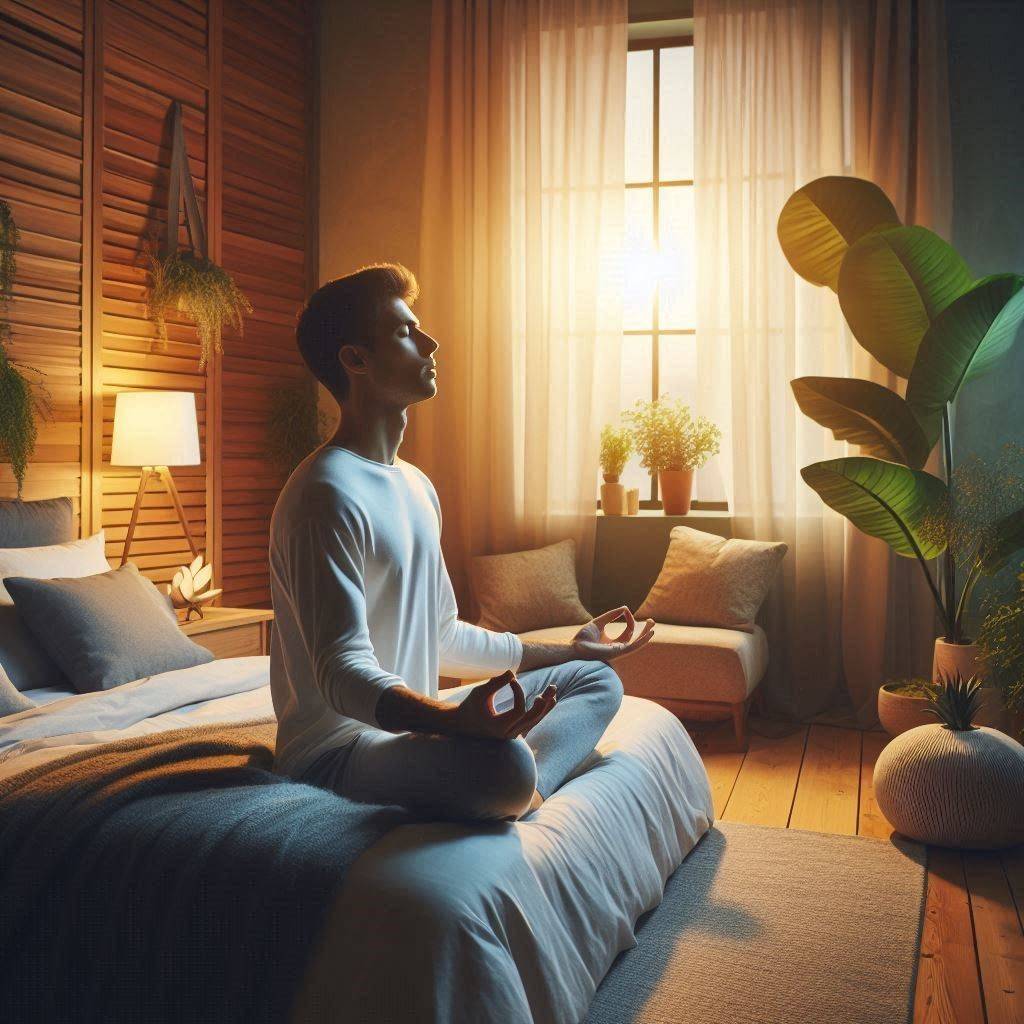Discover the top 10 best breathing exercises for sleep to improve your sleep quality naturally. Learn expert techniques for deep, restful nights.
Quick Summary:
The best breathing exercises for sleep include:
- 4-7-8 Technique
- Box Breathing
- Diaphragmatic Breathing
- Alternate Nostril Breathing
- Buteyko Breathing
Try each for a week to find your perfect sleep-inducing breath.
Understanding the Science Behind the Best Breathing Exercises for Sleep
Before we explore specific techniques, let’s know why breathing exercises are so effective for sleep.
When you practice the best breathing exercises for sleep, you:
- Activate your parasympathetic nervous system
- Lower your heart rate and blood pressure
- Reduce stress hormones like cortisol
- Increase oxygen flow to your brain and body
I’ve personally experienced these benefits, and they’ve revolutionized my sleep quality.
Top 10 Life-Changing Best Breathing Exercises for Sleep
1. The 4-7-8 Technique: A Cornerstone of Best Breathing Exercises for Sleep
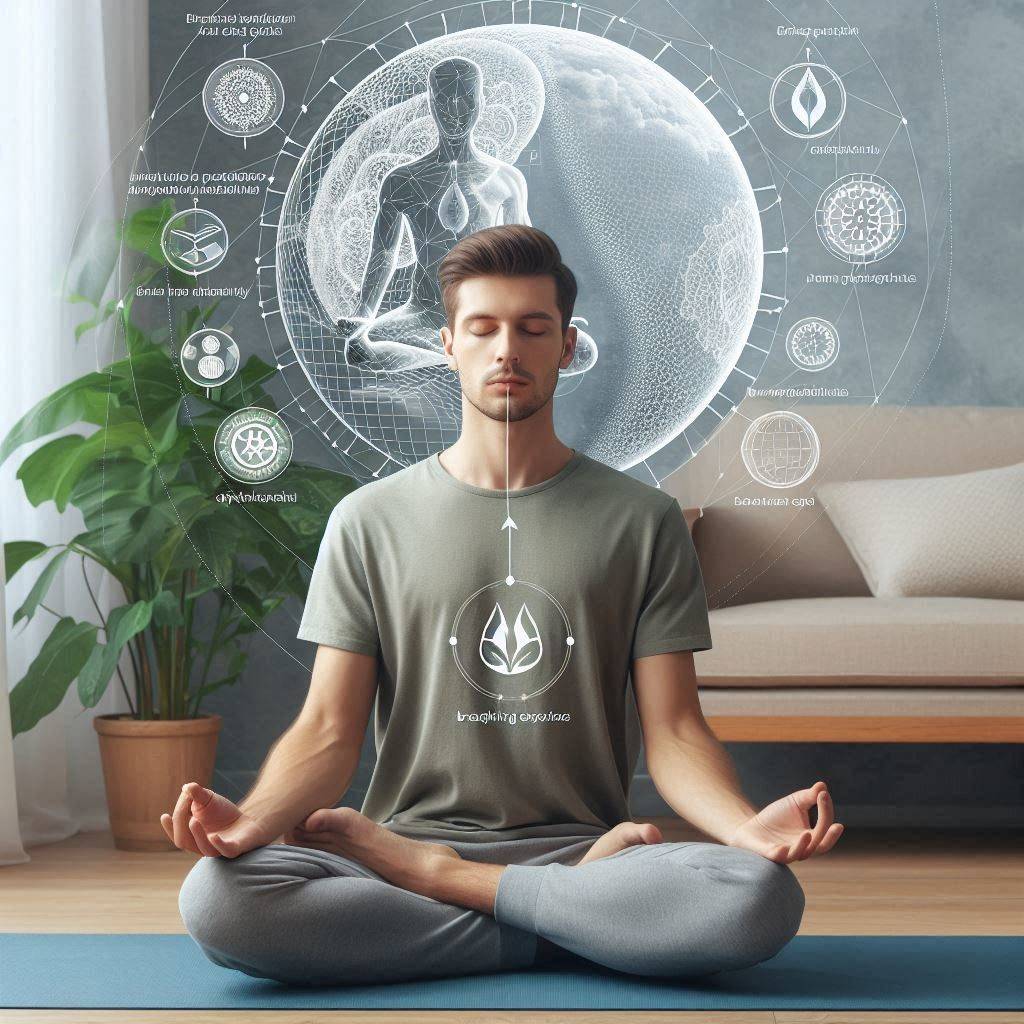
The 4-7-8 technique, developed by Dr. Andrew Weil, is often hailed as one of the best breathing exercises for sleep.
Here’s how to do it:
- Fully release your breath through your mouth.
- Close your mouth and inhale through your nose for 4 counts
- Hold your breath for 7 counts
- Breathe out fully through your mouth for a count of eight.
- Repeat this cycle four times
I’ve found this technique particularly effective when I’m feeling anxious before bed. The extended exhale helps calm my racing thoughts.
2. Box Breathing: A Navy SEAL-Approved Best Breathing Exercise for Sleep
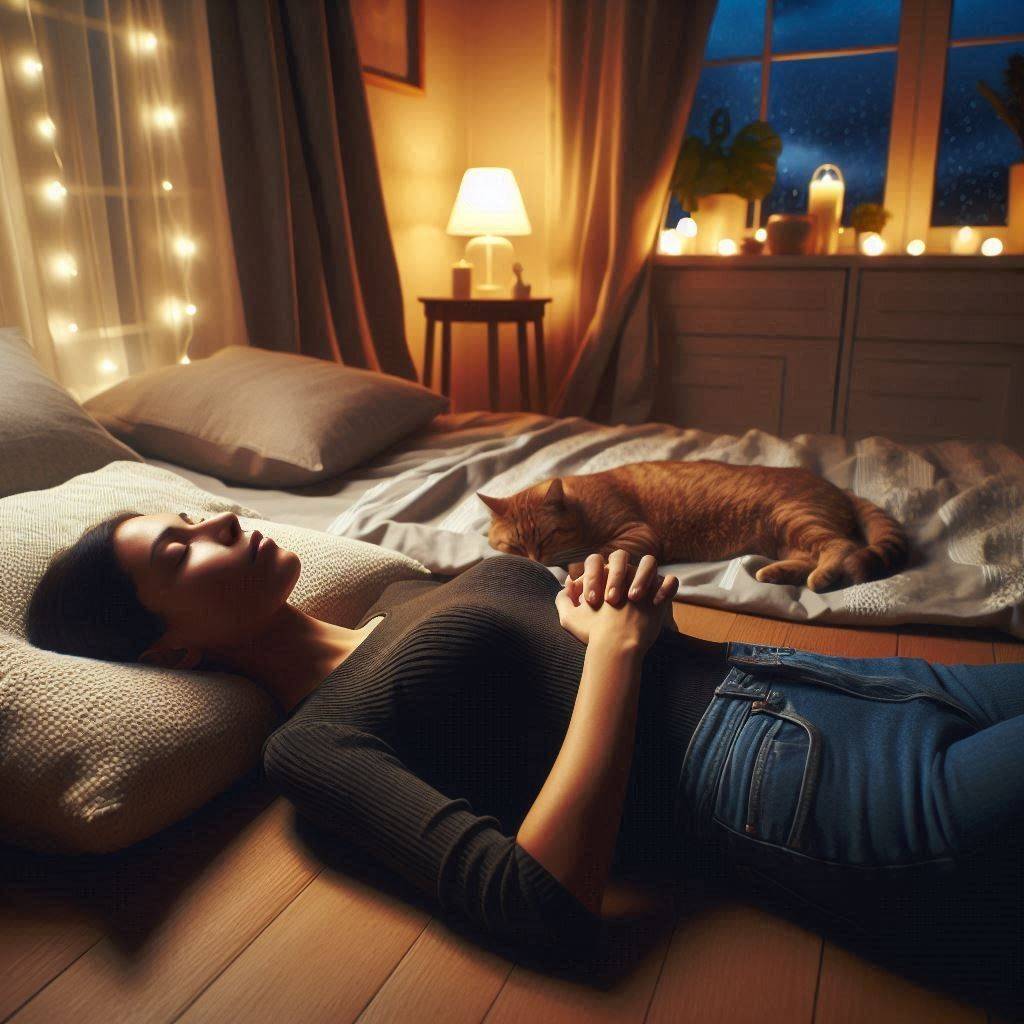
Box breathing, or square breathing, is a straightforward yet effective method employed by Navy SEALs to maintain composure in high-stress situations. It’s also one of the best breathing exercises for sleep.
Here’s how to do it:
- Exhale completely
- Inhale for 4 counts
- Hold your breath for 4 counts
- Exhale for 4 counts
- Hold your breath for 4 counts
I like to visualize tracing the sides of a square as I breathe, which helps me maintain focus and rhythm.
3. Diaphragmatic Breathing: The Foundation of Best Breathing Exercises for Sleep
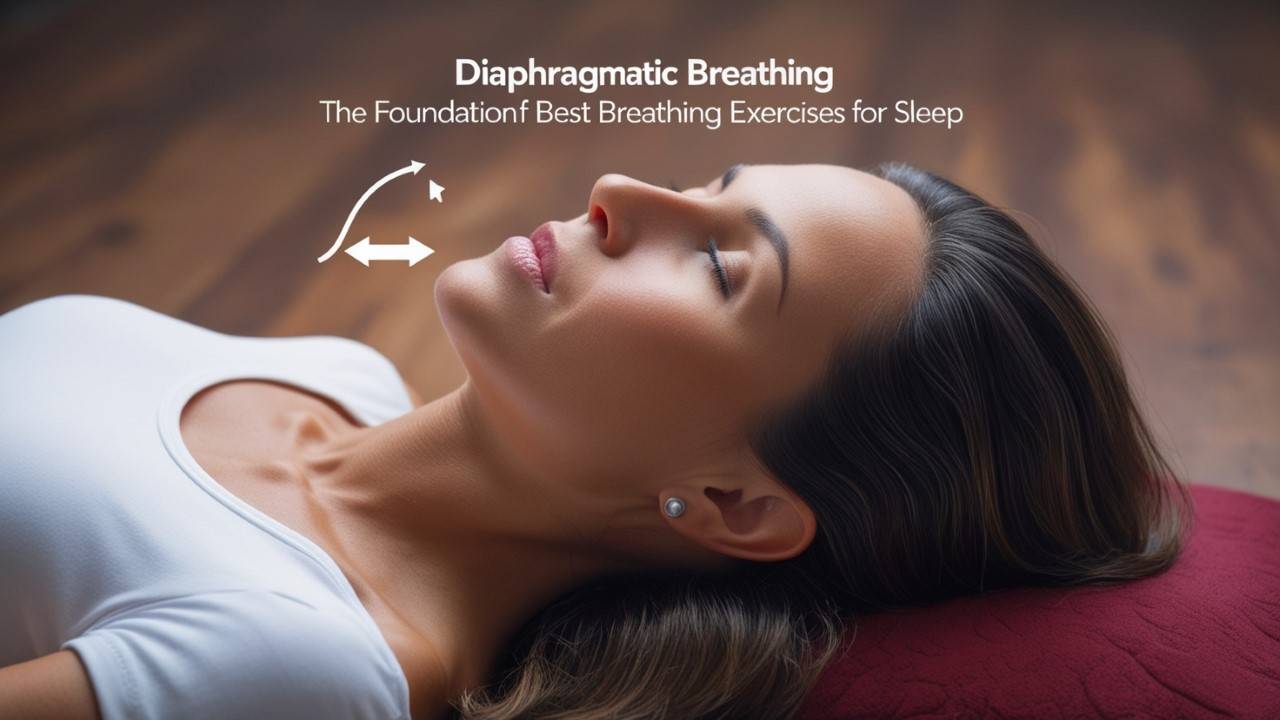
Diaphragmatic breathing, or belly breathing, is a fundamental technique that underlies many of the best breathing exercises for sleep.
Here’s how to do it:
- Lie on your back with one hand on your chest and one on your belly
- Breathe in slowly through your nose, feeling your belly rise
- Exhale slowly through pursed lips, feeling your belly fall
- Repeat for 5-10 minutes
I practice this technique every night as part of my bedtime routine. It helps me transition from the busyness of the day to a calm, sleep-ready state.
4. Alternate Nostril Breathing: Balance Your Way to Better Sleep
Nadi Shodhana, also known as alternate nostril breathing, is a yogic breathing technique that’s considered one of the best breathing exercises for sleep because of its balancing effect on the nervous system.
Here’s how to do it:
- Sit comfortably and use your right thumb to close your right nostril
- Inhale deeply through your left nostril
- Use your ring finger to close your left nostril and lift your thumb to release it.
- Exhale through your right nostril
- Inhale through your right nostril
- Close your right nostril and release your ring finger
- Exhale through your left nostril
- Repeat for 5-10 cycles
I find this technique particularly helpful when I’m feeling mentally wired but physically tired. It helps align my mind and body for sleep.
5. Buteyko Breathing: The Surprisingly Best Breathing Exercise for Sleep
The Buteyko method, developed by Dr. Konstantin Buteyko, is a bit different from other best breathing exercises for sleep. It focuses on reducing your breathing volume.
Here’s a simple Buteyko exercise:
- Sit comfortably and breathe normally
- After an exhale, pinch your nose and hold your breath
- When you feel the first urge to breathe, release your nose and breathe normally
- Wait 10 seconds, then repeat
- Do this for 10-15 minutes
I was skeptical about this technique at first, but after consistent practice, I’ve noticed a significant improvement in my sleep quality and duration.
6. Resonant Breathing: Harmonize Your Way to Sleep
Resonant breathing, also known as coherent breathing, is one of the best breathing exercises for sleep because of its ability to synchronize your heart rate and breath.
Here’s how to practice resonant breathing:
- Lie down comfortably in bed
- Breathe in slowly through your nose for 5 seconds
- Exhale slowly through your mouth for 5 seconds
- Continue this pattern for 3-5 minutes
I’ve found resonant breathing particularly effective when I’m feeling physically tense. The rhythmic nature of this best breathing exercise for sleep helps me release muscle tension and prepare my body for rest.
Pro tip: I like to use a visual aid when practicing this technique. You can create a simple animation or use a physical object that expands and contracts every 5 seconds.
7. Papworth Method: The Comprehensive Approach to Better Sleep
The Papworth method is a comprehensive breathing technique that combines diaphragmatic breathing with relaxation and education. It’s considered one of the best breathing exercises for sleep because of its holistic approach.
Here’s a simplified version of the Papworth method:
- Sit comfortably or lie down
- Place one hand on your chest and one on your belly
- Breathe in slowly through your nose, allowing your belly to rise
- Exhale slowly through your nose or mouth, feeling your belly fall
- As you breathe, focus on relaxing your shoulders and neck
- Continue for 5-10 minutes
I’ve found the Papworth method particularly helpful when dealing with sleep issues related to stress or anxiety. It not only helps me breathe better but also addresses the physical tension that often accompanies restless nights.
8. 4-4-6-2 Breathing: The Extended Relaxation Technique
The 4-4-6-2 breathing technique is a variation of box breathing that I’ve found to be one of the best breathing exercises for sleep, especially when I’m feeling particularly wired before bed.
Here’s how to do it:
- Inhale through your nose for 4 counts
- Hold your breath for 4 counts
- Exhale through your mouth for 6 counts
- Hold your breath for 2 counts
- Repeat for 5-10 cycles
I’ve found that the extended exhale in this technique helps to slow down my heart rate and induce a state of relaxation.
Pro tip: I sometimes use this technique while lying in my favourite sleep position. It helps me associate the relaxed state with falling asleep.
9. Humming Bee Breath (Bhramari Pranayama): The Soothing Sound of Sleep
The Humming Bee Breath, or Bhramari Pranayama, is a unique technique among the best breathing exercises for sleep. It incorporates sound, which can be particularly effective in quieting a busy mind.
Here’s how to practice the Humming Bee Breath:
- Sit comfortably with your eyes closed
- Place your index fingers on the cartilage between your cheek and ear
- Inhale deeply through your nose
- As you exhale, gently press the cartilage and make a high-pitched humming sound
- Continue for 6-10 breaths
I was skeptical about this technique at first, but I’ve found it incredibly effective, especially on nights when my mind is racing with thoughts. The vibration and sound create a cocoon-like effect that helps me disconnect from mental chatter.
10. Progressive Muscle Relaxation with Breath Focus: The Full-Body Sleep Preparation
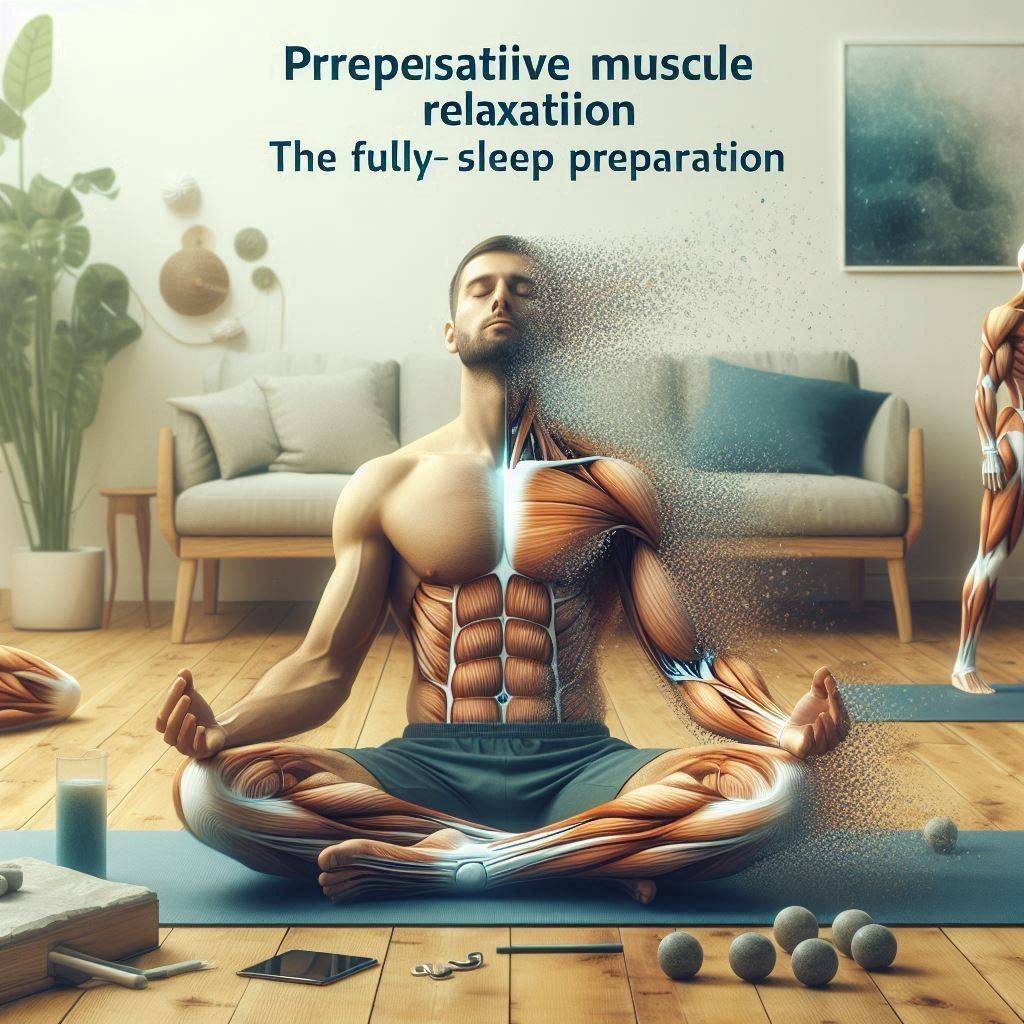
While not strictly a breathing technique, Progressive Muscle Relaxation (PMR) combined with breath focus is one of the best breathing exercises for sleep, as it addresses both physical and mental tension.
Here’s a simplified version:
- Lie comfortably in bed
- Take a few deep breaths to center yourself
- Starting with your toes, tense the muscles as you inhale for 5 seconds
- As you exhale for 5 seconds, release the tension
- Move progressively up your body: feet, calves, thighs, etc.
- Focus on your breath throughout the process
I often use this technique as my final best breathing exercise for sleep before drifting off. It helps me do a final “body scan” to release any lingering tension.
Combining and Customizing Your Best Breathing Exercises for Sleep
Now that we’ve explored all 10 of the best breathing exercises for sleep, it’s important to remember that what works best can vary from person to person and even from night to night. Here’s how I suggest approaching these techniques:
- Try each technique for at least a week
- Keep a sleep diary, noting which techniques you used and how you slept
- Pay attention to how you feel before bed and choose a technique that addresses your current state
- Don’t be afraid to combine techniques
- Be patient and consistent – it may take time to see results
I’ve found that starting with diaphragmatic breathing, moving to the 4-7-8 technique, and finishing with PMR works well for me on most nights. But on particularly stressful days, I might incorporate the Humming Bee Breath or spend more time on resonant breathing.
Remember, the goal of these best breathing exercises for sleep is not just to fall asleep faster, but to improve your overall sleep quality and daytime well-being.
By incorporating these techniques into your nightly routine, you’re not just changing how you breathe – you’re transforming your relationship with sleep and, by extension, improving your overall health and well-being.
Creating Your Perfect Best Breathing Exercise for Sleep Routine
Now that we’ve covered five of the best breathing exercises for sleep, let’s talk about how to incorporate them into your nightly routine.
- Choose one technique to start with
- Practice it concurrently each night
- Start with 5 minutes and gradually increase to 15-20 minutes
- Be consistent for at least a week before trying a new technique
- Keep a sleep diary to track your progress
I’ve found that combining diaphragmatic breathing with either the 4-7-8 technique or box breathing works best for me. But everyone’s different, so experiment to find your perfect combination.
Common Mistakes to Avoid When Practicing the Best Breathing Exercises for Sleep
Even with the best breathing exercises for sleep, to make mistakes that reduce their effectiveness. Here are some issues I’ve encountered and how to avoid them:
- Breathing too quickly or forcefully [IMAGE HERE: Side-by-side photos of yourself demonstrating correct vs. incorrect breathing pace]
- Practicing in a distracting environment [IMAGE HERE: A before and after of your bedroom setup for breathing exercises]
- Giving up too soon [IMAGE HERE: A motivation board with your sleep goals and progress,
- Not making it a consistent habit [IMAGE HERE: Your phone’s screen showing a bedtime reminder for breathing exercises]
- Perfecting the technique immediately [IMAGE HERE: A learning curve graph illustrating improvement over time]
Remember, patience and consistency are the keys to success with the best breathing exercises for sleep.
Enhancing Your Sleep Environment to Complement Your Breathing Exercises
While practicing the best breathing exercises for sleep is crucial, creating a sleep-friendly environment can amplify their effects. Here are some tips I’ve found helpful:
- Keep your bedroom cool (60-67°F or 15-19°C) [IMAGE HERE: Your thermostat set to the ideal sleep temperature]
- Use blackout curtains or an eye mask [IMAGE HERE: Your bedroom window with blackout curtains, before and after]
- Invest in a comfortable mattress and pillows [IMAGE HERE: Your bed set up for optimal comfort]
- Remove electronic devices from your bedroom [IMAGE HERE: Your nightstand before and after removing electronic devices]
- Use white noise or nature sounds [IMAGE HERE: Your white noise machine or app on your phone]
FAQs About the Best Breathing Exercises for Sleep
What is the 4-7-8 breathing technique to fall asleep?
The 4-7-8 technique is a breathing exercise where you inhale for 4 seconds, hold for 7 seconds, and exhale for 8 seconds. It’s one of the best breathing exercises for sleep because of its calming effects on the nervous system.
Is it good to do breathing exercises before bed?
Yes, practicing breathing exercises before bed can significantly improve sleep quality. The best breathing exercises for sleep help relax your body and mind, preparing you for restful sleep.
What is the best breathing exercise for sleep apnea?
While the techniques mentioned are among the best breathing exercises for sleep, those with sleep apnea should consult a doctor. Specific exercises like tongue and throat strengthening may be more beneficial for this condition.
What is the best exercise for sleep?
While breathing exercises are among the best exercises for sleep, gentle yoga or stretching can also promote better sleep. However, avoid vigorous exercise close to bedtime.
Conclusion
Mastering the best breathing exercises for sleep can revolutionize your sleep quality and overall well-being. Remember, consistency is key – stick with it, and you’ll see improvements in your sleep patterns.
Thank you for reading this guide to the best breathing exercises for sleep. Sweet dreams!
Recommended Reading:

